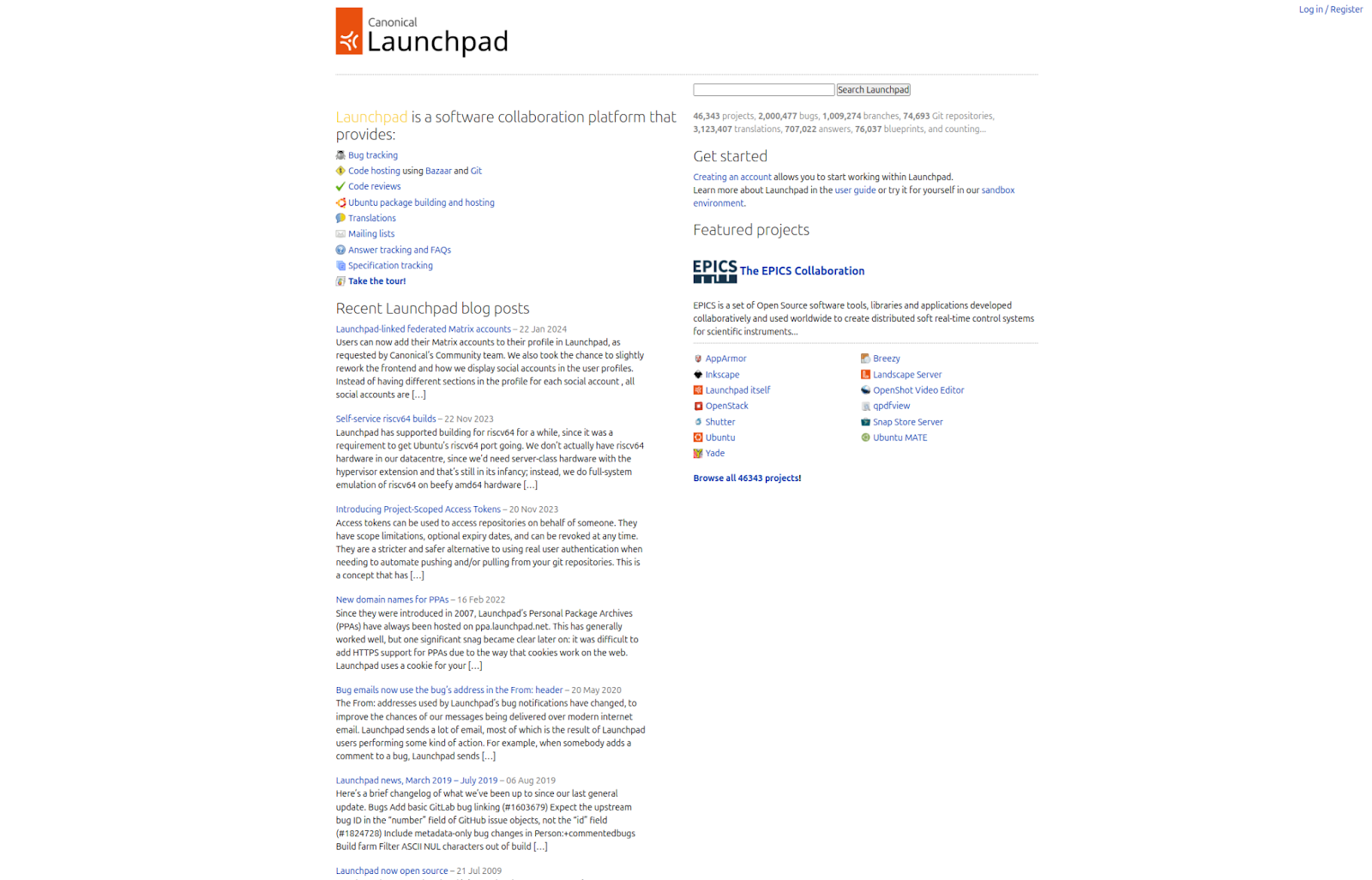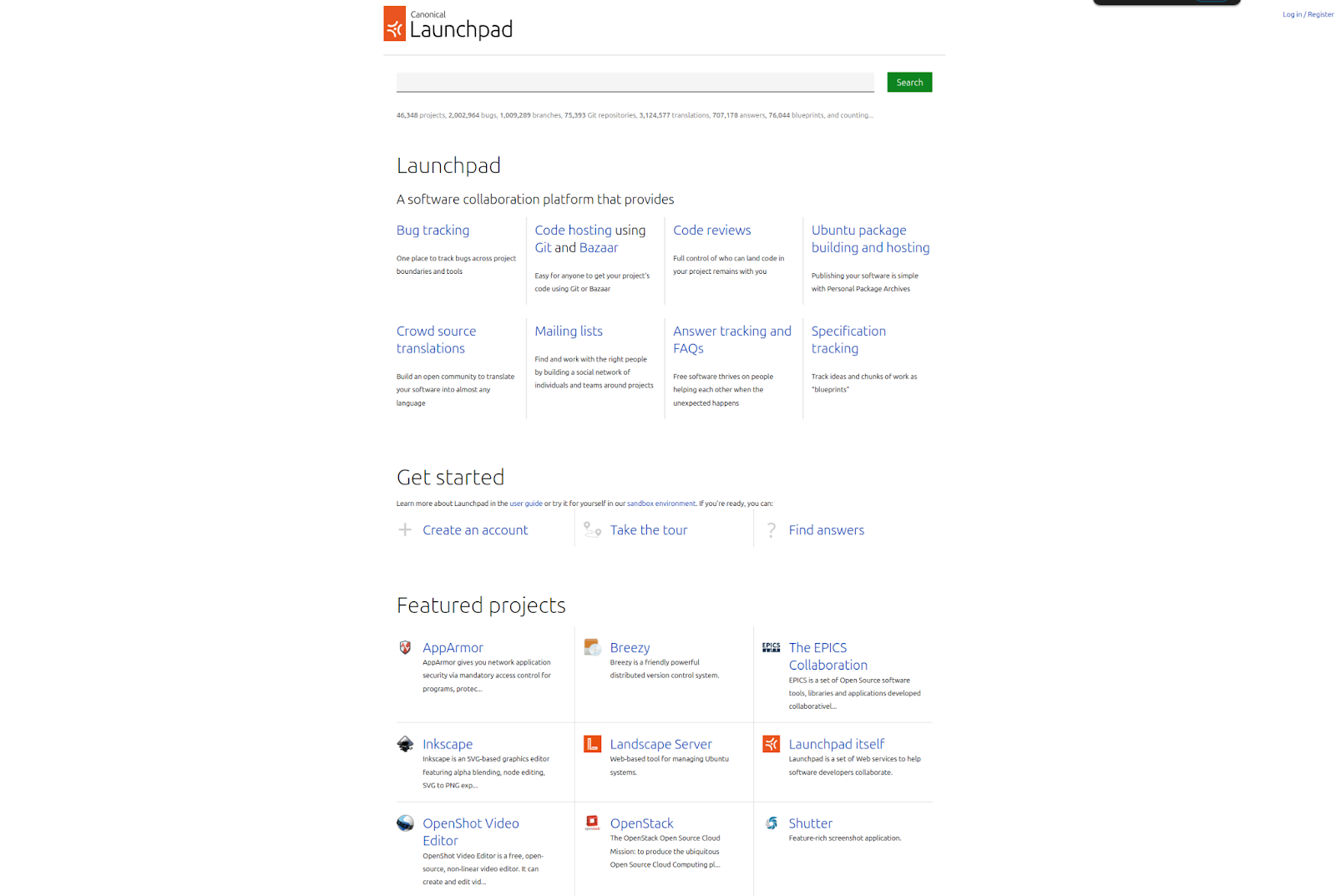Access tokens can be used to access repositories on behalf of someone. They have scope limitations, optional expiry dates, and can be revoked at any time. They are a stricter and safer alternative to using real user authentication when needing to automate pushing and/or pulling from your git repositories.
This is a concept that has existed in Launchpad for a while now. If you have the right permissions in a git repository, you might have seen a “Manage Access Tokens” button in your repository’s page in the past.
These tokens can be extremely useful. But if you have multiple git repositories within a project, it can be a bit of a nuisance to create and manage access tokens for each repository.
So what’s new? We’ve now introduced project-scoped access tokens. These tokens reduce the trouble for the creation and maintenance of tokens for larger projects. A project access token will work as authentication for any git repository within that project.
Let’s say user A wants to run something in a remote server that requires pulling multiple git repositories from a project. User A can create a project access token, and restrict it to “repository pull” scope only. This token will then be valid authentication to pull from any repository within that project. And user A will be able to revoke that token once it’s no longer needed, keeping their real user authentication safe.
The same token will be invalid for pushing, or for accessing repositories within other projects. Also note that this is used for ‘authentication’, not ‘authorization’ – if the user doesn’t have access to a given git repository, their access token will not grant them permissions.
Anyone with permissions to edit a project will be able to create an access token, either through the UI or the API, using the same method as to create access tokens for git repositories. See Generating Access Tokens section in our documentation for instructions and other information.
This feature was implemented on request by our colleagues from the ROS team. We would love to get some feedback whether this also covers your use case. Please let us know.





